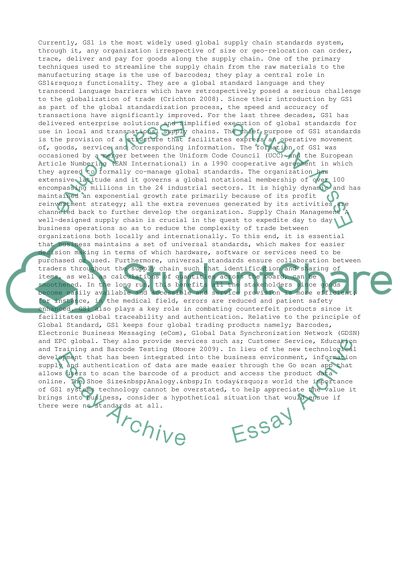Cite this document
(The Value and Benefits of the GS1 System of Standards Term Paper, n.d.)
The Value and Benefits of the GS1 System of Standards Term Paper. Retrieved from https://studentshare.org/management/1488358-gs1-report
The Value and Benefits of the GS1 System of Standards Term Paper. Retrieved from https://studentshare.org/management/1488358-gs1-report
(The Value and Benefits of the GS1 System of Standards Term Paper)
The Value and Benefits of the GS1 System of Standards Term Paper. https://studentshare.org/management/1488358-gs1-report.
The Value and Benefits of the GS1 System of Standards Term Paper. https://studentshare.org/management/1488358-gs1-report.
“The Value and Benefits of the GS1 System of Standards Term Paper”, n.d. https://studentshare.org/management/1488358-gs1-report.


